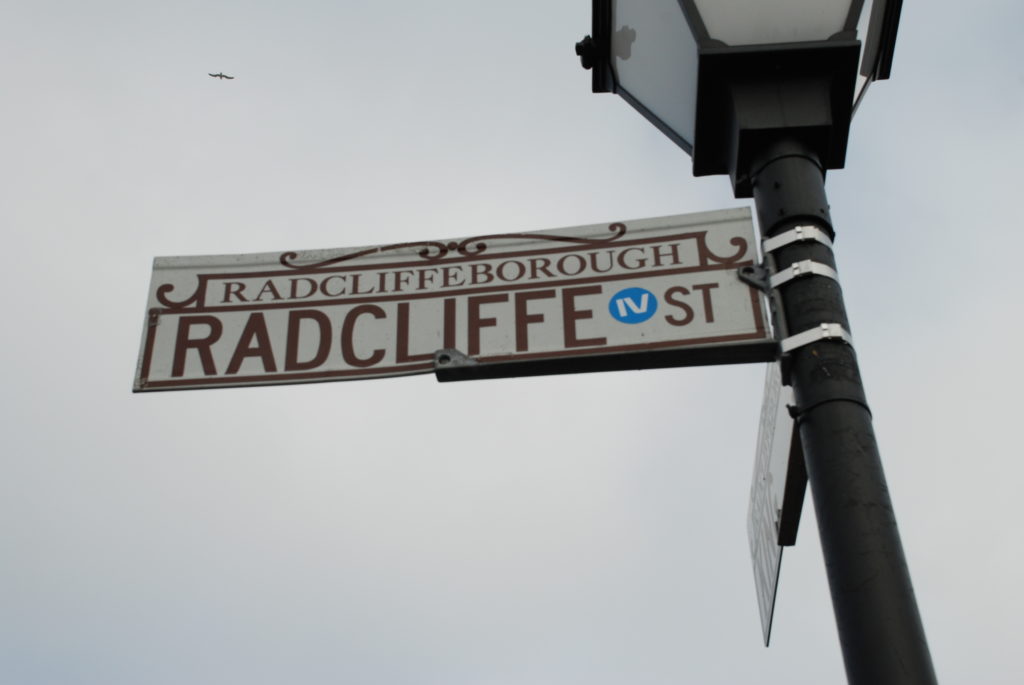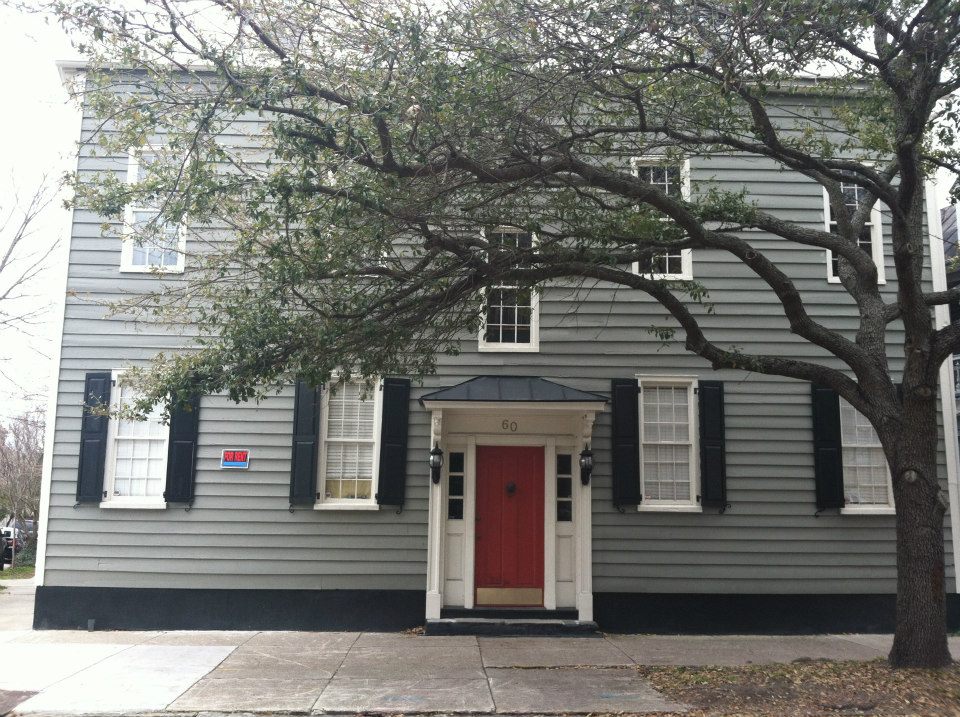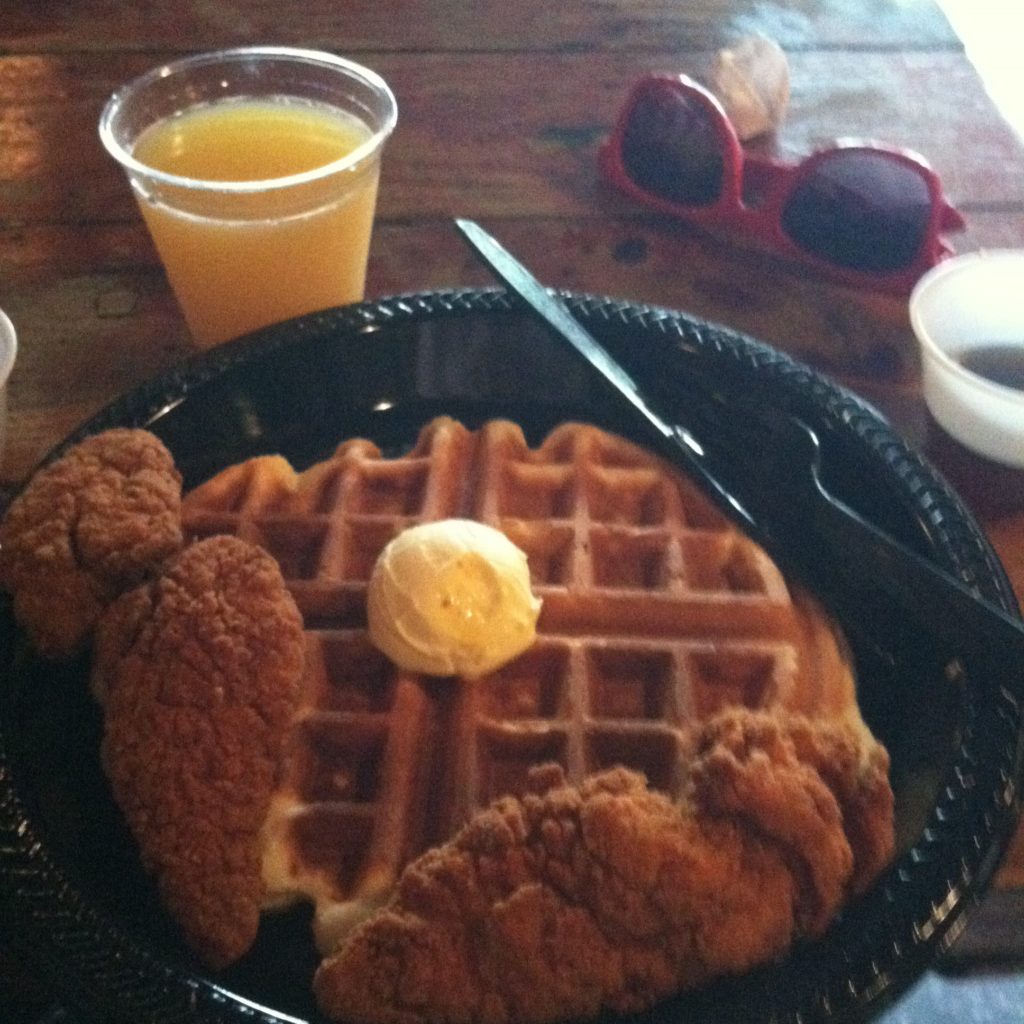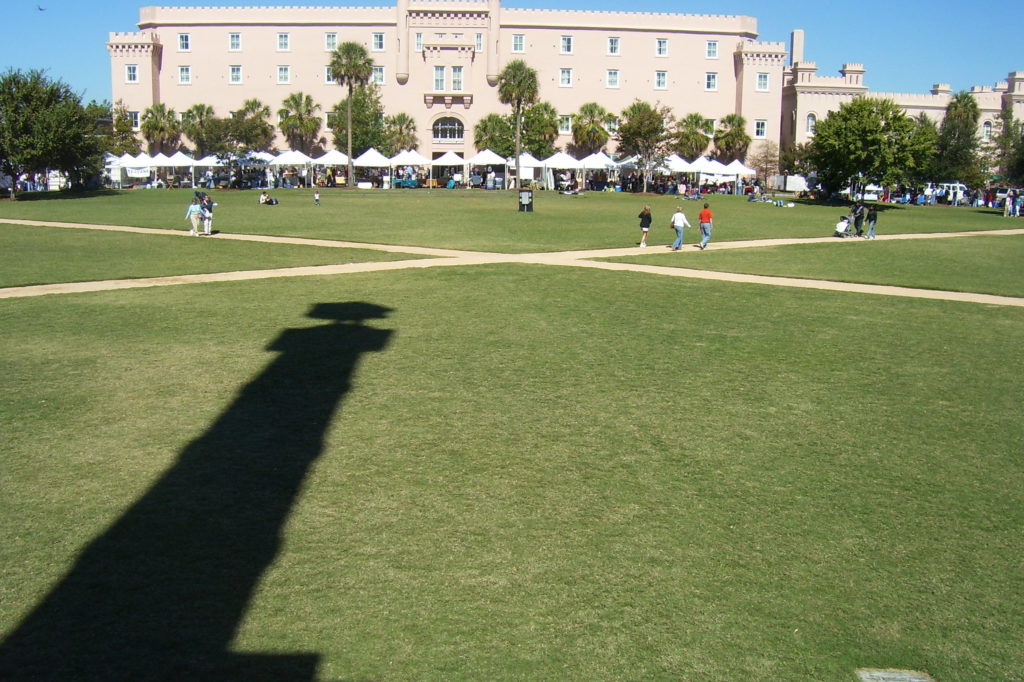In the coming months, I hope to write more long-form content. I wrote this story for the Travel Blog Success Travel Writing for Bloggers course about my former home.
For four years of my life, I lived in two different brightly colored row houses that dated back at least 100 years, shared between two to five other girls. The corner house with the light blue paint had a section added on.
My roommates had to walk through the porch to get to the bathroom, a minor detail common in these types of houses. The same verandas were our study spots. We’d bring out our beach chairs and blankets and soak up the sun, watching the people pass by on the street.
King Street’s cobblestones were my path to the bars and my dives were located next door to fine dining restaurants. Radcliffeborough was my home.
Radcliffeborough was where I lived for four years, moving three times within two blocks of one another. Named for Thomas Radcliffe, the land was acquired by the King of England. It was developed as early as 1786 and deeded to his wife after he passed away.
Today, it encompasses the area around Radcliffe Street, between Morris and Vanderhorst streets north and south, and Rutledge Avenue and King Street east and west.
I’d pick up a sandwich from Charlies Grocery, the Palestinian deli across the street from my house, often without shoes on. They sold, among other things, household items, beer, malt liquor, and single cigarettes. I got to know the characters that hung out there, including the college-aged drug dealer who lived upstairs and a local man who mumbled his words so much that I never knew what he was talking about. The entire family knew me by name, from the store’s namesake patriarch to his two sons. But the sandwiches were the main draw, either chicken subs with hot sauce and honey mustard or falafels.
If you took a left from my house and the next left onto Coming Street, you’d pass the fire station where the cute firefighters lingered out front during the day. I once called them when I mistook an outed pilot light for a gas leak.
Across the street was Dave’s Carry-Out, a former late night spot en route to the parties on Spring Street. I recall stories where in the few blocks to a stranger’s house, someone would stop at Dave’s for a snack and never make it to the party.
The baby blue stucco building with the bars on the door could be off-putting to those not in the know, but once inside, you’d find deliciously fried local seafood and soul food plates. A few Formica tables were found inside, but most, as the name implies, carried out their food in styrofoam containers to enjoy at home.
In the opposite direction on Coming Street, you’d eventually run straight into my college campus, first with the new science building and then the library. The College of Charleston started as a municipal college for men in 1770 and is one of the oldest schools in the country.
Three blocks away from my blue house, my closest friend lived in a teal house where I had spent one year with her. Back then, we lived in the back unit of a row house and had to go down an alley to reach the front door.
But it was one block away from King Street, the hub of all of the city’s activity, the ideal location for a college student stumbling home. To the left was A C’s Bar & Grill, my local dive that also served themed Sunday brunch.
Still stale with the stench of cigarette smoke and spilled Pabst Blue Ribbon, AC’s would serve up chicken and waffles and mimosas come morning. Among my favorite of their themes were Willy Wonka and Harry Potter.
Across the street and to the left from AC’s was Ann Street, home to the Music Farm, the city’s top music venue, Pantheon, a gay nightclub, and Dudley’s, a gay bar with weekly karaoke. Pantheon was a popular spot for students because they’d let you in if you were 18 to dance, even if you had to be 21 to drink.
Also on the upper section of King Street was a record store that didn’t make it through my senior year and a consignment store where I’d sell clothes for cash.
If I turned right out of AC’s instead of left, I’d walk down King Street until I arrived at Marion Square. The small park was originally the parade grounds of the first campus of The Citadel, the military college of South Carolina.
Today, it was the closest thing downtown had to a beach, as you could often find coeds sunbathing, studying, and playing frisbee here. Every Saturday, the city holds a farmer’s market where local farmers and vendors sell their wares.
I’d stand in line for a crepe from Charleston Crepe Company, my hangover fix of choice. It was the perfect place for people watching, as this was where tourists and locals came together. Seeing someone’s walk of shame wasn’t uncommon and the Citadel cadets tended to follow around the female College of Charleston students like uniformed puppies.
There was an imaginary line a few streets up from my house where I knew not to go at a certain time of night. I didn’t have a bike, like many of my classmates, but preferred to hoof it. You never know what you’ll see at street level.
I often found stenciled graffiti, stamps indicating the brick’s origin and forgotten items from a student’s late night walk home. I found that the best way to get to know my city, and my neighborhood, was on foot.
A lot has changed in the last six years. The city has become a nationally applauded tourist destination. My house has been painted and sold. And while some of the places I remember have since closed, including the beloved Pantheon, every time I visit Charleston, I walk these routes around my old borough.




Oh man that brunch looks delicous! I’m drooling.